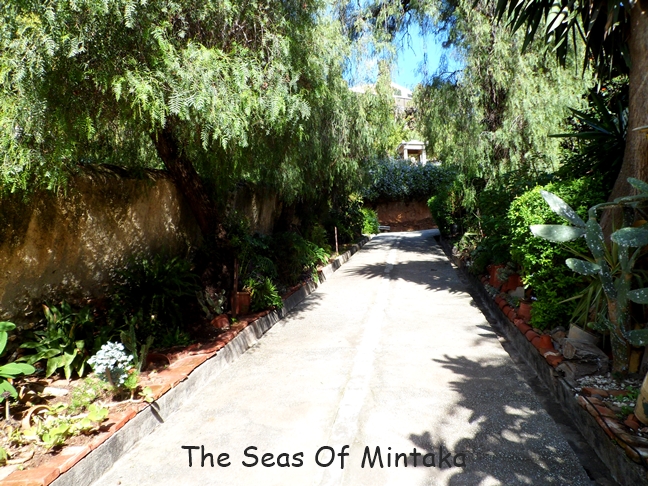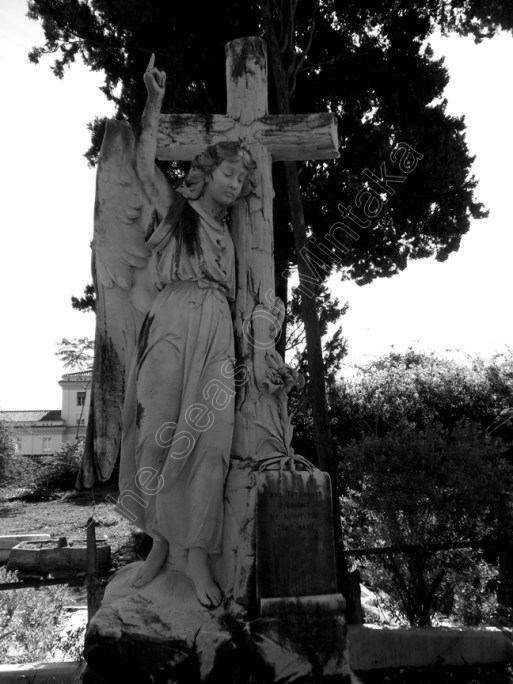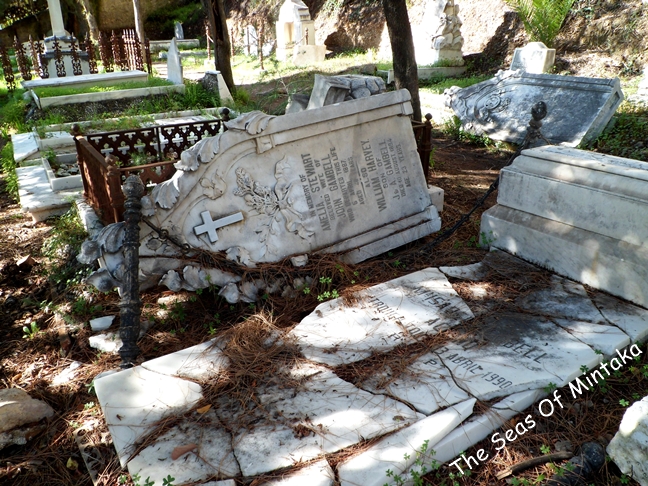Following last week’s post on the Patios of Cordoba, in this post I’ll put up other things to see and do in Cordoba.
Of course EVERYONE has heard about the Mosque of Cordoba. It’s right in the centre of town so if you head straight to the centre, you won’t miss it.
The mosque used to be, well, a mosque! That is, a place where Muslims went to worship, built during the centuries of Moorish rule in Spain. So of course, the architecture is typically Arab, similar to what you can also find in the Alhambra of Granada and other Moorish sites and monuments.
It was built over several centuries by a bunch of Moorish Caliphs with lovely Arab names but unless you’re really into this, I won’t repeat their names here. You can find their names in the pamphlet that they give you when you go to visit the mosque. Or in Wikipedia.
After the Reconquista, that is, when the Spanish Christians fought the Moors and regained control of the peninsula, the Mosque of Cordoba was turned into a cathedral. The cathedral itself was actually built inside a small section of the large mosque, respecting the rest of the building and its architecture and designs.
It’s a historic monument, like a museum, so of course entry is not free. It’s not very expensive although I don’t remember how much exactly. We went to Cordoba with not a lot of money because we went on a tour where everything was paid for (breakfast and lunch as well as, of course, transportation to and from the city, + entrances to all the winning patios from the patio competition I talked about in last week’s post). Even so I had no difficulty paying the entries to the mosque for the three of us.
This was an attempt to capture the original, old entryway to the mosque (NOT the huge mass entrance through the courtyard where everyone must go now to access the monument, where the ticket office is located) – without capturing the heads of hundreds of tourists walking all around it and posing!
(Okay it’s true, we were tourists too – but we didn’t pose haha!)
I’m sure the whole world must be familiar with these arch-famous coloured arches, and you’ve probably seen more than a dozen photos of them all over the place. Well here I regale you with a few more!
There’s also a very nice river, with a Roman bridge, that passes through Cordoba. It’s the Guadalquivir, actually. The same river that passes through Sevilla. Anyways, I didn’t remember that the Guadalquivir passes through Cordoba too, but later I remembered it.
Cordoba is also the city where the movie Carmen with Paz Vega was set. So if you’ve ever seen Carmen…… you’ve seen the city haha! (Okay, not really.)
There’s a synagogue (not a current one in use, the one that used to be used by the Jewish community before the Reconquista) as well, but it was only open in the mornings. So we didn’t get to see it because the visit to the patios was in the morning.
I had lots of photos of typical streets in the winding Arab historic centre, but they were jammed with tourists! This was the only pristine photo I managed to capture.
We had time to browse through some souvenir shops and grab an ice-cream. The ice-cream was really necessary as the temperature was over 40 degrees! And it was only the beginning of May.
Although it might seem corny, I do rather like to wander through souvenir shops. I don’t usually buy anything. But I do enjoy seeing what strange and funny relics are available. There’s always something weird or original to catch your eye!
Okay, clearly this was not taken at a souvenir shop haha!
Finally, you can also listen to Medina Azahara crooning masterfully about Cordoba on YouTube, here:
https://www.youtube.com/watch?v=G9vE8zFvG78
Have you ever been to Cordoba? What did you do during your visit? Please don’t hesitate to leave me a comment, I LURRVE to receive (positive, non-spammy) comments!
If you enjoyed this post (I really hope you do!), maybe you will also like:




































